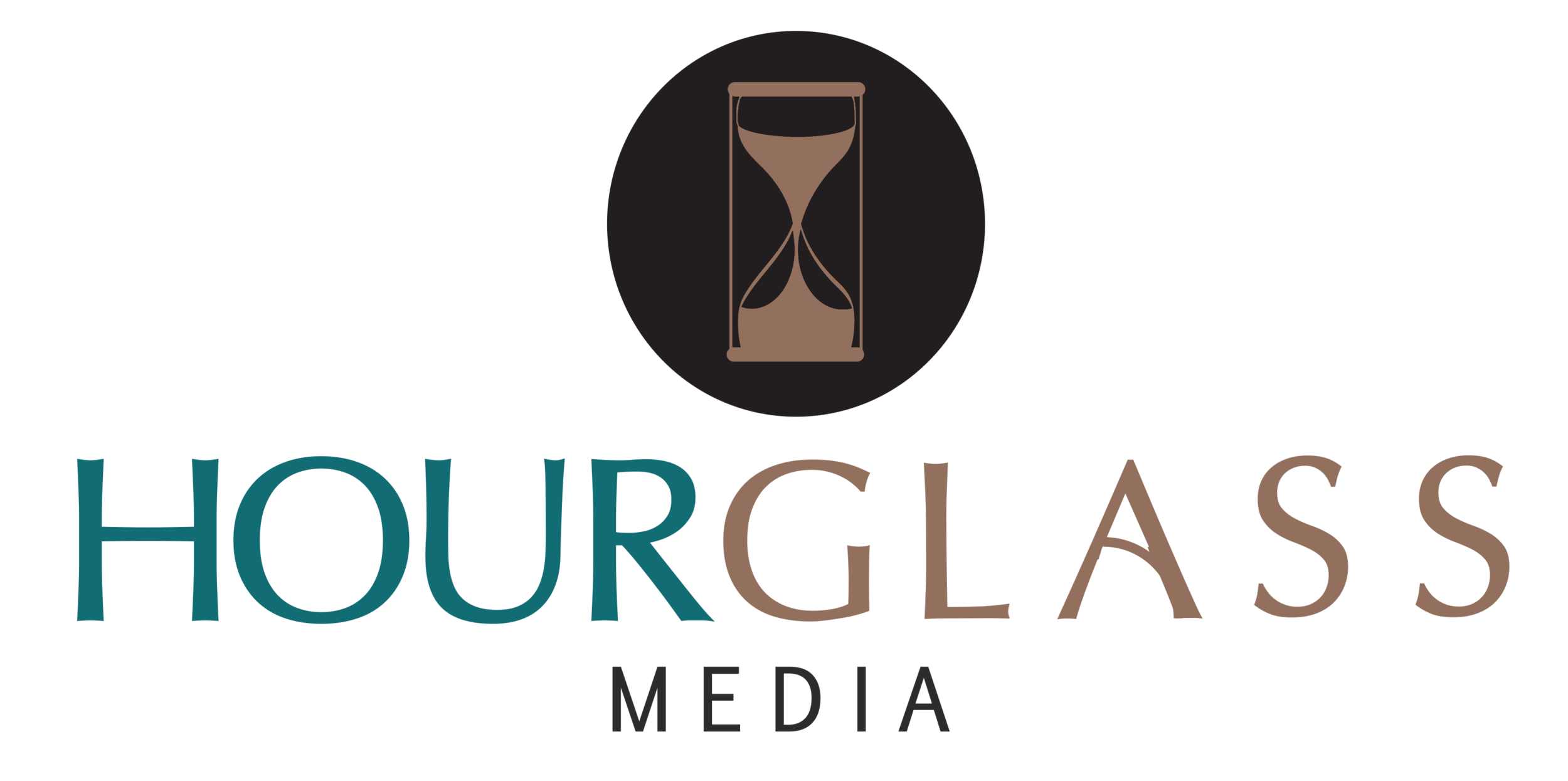Using the 8 Elements of a Story in Your Narratives
⌛ By Kaylin R. Staten ⌛
First and foremost, Happy Thanksgiving to all of my American friends, as well to those who celebrate in other countries!
As November comes to a close, I’m sure you’re revisiting your projects’ word counts and diligently trying to reach all of your writing goals and objectives. If you’re like me, then that means that you didn’t meet your goal (*gasp*), and you’re faced with establishing a newer, stricter goal measurements in December and beyond.
Last week, I basked in the drizzly glow of Seattle and the dreary fog of Chicago. I experienced my own “Frasier” moment by sitting in a local coffee shop, Cherry Street Coffee House and explored local book shops in Pioneer Square as seagulls called to me from the nearby sound.
I geeked out because I touched first edition Charles Dickens and Mark Twain novels. As I perused all of the rare novels, WWII memorabilia, and 1950s-era magazines, I daydreamed about this: What draws me to stories in the first place? The elements of each story.
So, cozy on up with your favorite book (peruse all of your favorites on Amazon Kindle) and a cup of Starbucks Pike Place coffee.
These eight elements will strengthen your story and cause you to geek out just like me when you lose yourself amongst books:
Setting
Character
Conflict
Theme
Point-of-view
Tone
Style
Setting
Where and when does your story occur? I also like to answer the other parts of the 5 Ws and 1 H: Who, what, why, and how. Set the stage for your readers and allow them to immerse themselves in your story. You can use frilly descriptions or concise, matter-of-fact terminology. Do what complements your writer’s voice.
Character development
I love complicated characters who toe the line between good and evil. I like straight-laced characters who sometimes do bad things. I like villains with a tender heart. All of us are deeply complicated ourselves, so try to not have a one-size-fits-all character. Make the reader feel empathy and disgust throughout the journey. I like to get into the mindsets of my character by completing an entire avatar for them.
Plotlines
A plot includes everything that happens throughout your story, from beginning to end and every rollercoaster occurrence in between. Take some time to outline your plot in order to include the introduction of characters and other elements, rising action, climax, falling action, and resolution. You can do it in a grandiose outline, web diagram, or straight from your head. Whatever works best for you.
Conflict
Your story would not be realistic without at least one conflict. A conflict is closely tied to your plot in the form of a problem that needs addressed (or is avoided, therefore initiating a whole new brand of internal avoidance conflict). Your story needs conflict + a plotline in order to have a purpose and to serve the characters well.
Theme
This is where your setting, character development, plotlines, and other facets come full circle. You will fully answer the “why” of your story. The theme is the moral of the story, a lesson the protagonist or antagonist learns along the way. You can also have more than one theme, from redemption and a coming-of-age journey to overcoming an obstacle and attempting to solve a mystery.
Point-of-View/Tone/Style
How is the theme represented in your story, and how is that woven into your story? Is your character happy, depressed, full of mixed emotions? Are you writing in first or third person? Your word choices, grammar, sentence structure, dialogue, and other writing elements are instrumental in conveying the tone.
Kaylin R. Staten, APR, is an award-winning public relations practitioner and writer based in Huntington, WV with nearly 16 years of professional communications experience. As CEO and founder of Hourglass Media, she uses her compassionate spirit and expertise to delve into the heart of clients’ stories. She is a recovering perfectionist, mental health advocate, wife, cat mom and Leia Organa aficionado. Connect with Kaylin on LinkedIn.
A friendly note: We use some affiliate links in our blog posts.




